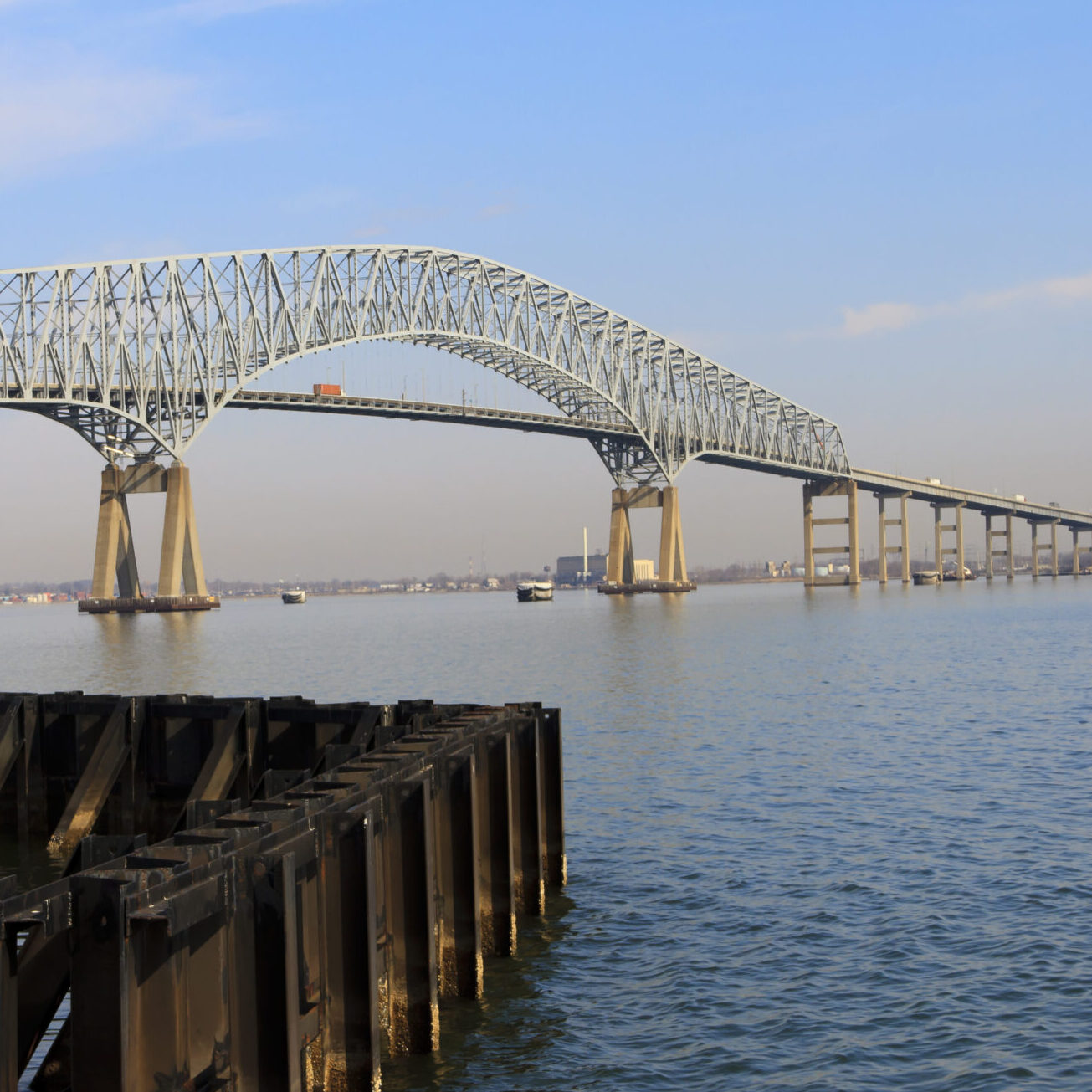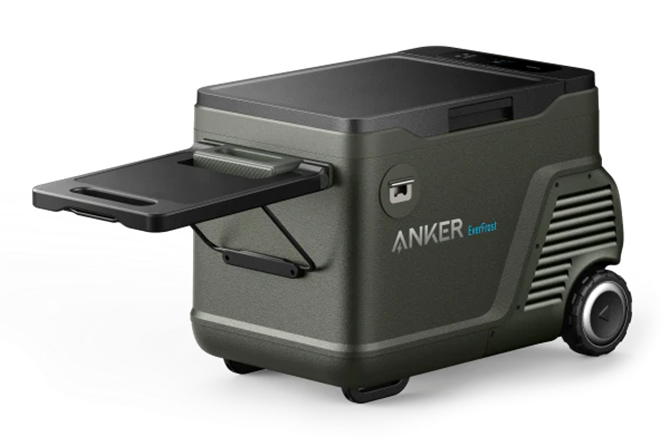
Pennsylvania Finds Exception to Anti-Subrogation Rule
Overview | Blog Posts | Subrogation & Recovery | Michael Wolfer | Related | Print | Share
February 28, 2022
The Pennsylvania Supreme Court recently adopted the “no-coverage exception” in Arlet v. Workers’ Compensation Appeal Board. 2022 WL 529350 (Pa. 2022). As most subrogation professionals are aware, the anti-subrogation rule prohibits insurers from subrogating against their own insureds. The Court in Arlet held that the rule does not apply where the insurer makes payments on a non-covered risk.
Robert Arlet, a shipbuilder employed by the Flagship Niagara League, slipped on an icy sidewalk at work and suffered injuries. Flagship’s insurer, Acadia Insurance Company, paid benefits to Mr. Arlet for his injuries under a commercial hull policy. The policy afforded indemnity and protection coverage for “crew members.”
After receiving payments from Acadia, Mr. Arlet filed a worker’s compensation claim. Flagship argued that the Jones Act, a federal maritime law, pre-empted recovery under the Workers Compensation Act. The Jones Act granted “seaman” the right to pursue damages against their employer. If applicable, the Jones Act would limit Mr. Arlet’s recovery to claims against Flagship, claims that Acadia already settled under the commercial hull policy.
The Workers Compensation Appeals Board (WCAB) awarded workers’ compensation to Mr. Arlet finding that as a “land-based employee” he did not qualify as a “seaman” under the Jones Act. However, the WCAB determined Mr. Arlet did qualify as a “crewmember” under the commercial hull policy. It ruled that Acadia correctly afforded coverage and that the anti-subrogation doctrine prevented subrogation against Flagship, the allegedly at-fault party.
The Commonwealth Court of Pennsylvania concluded the terms “seaman” and “crewmember” were interchangeable and that Mr. Arlet was neither. The ruling meant that Mr. Arlet was entitled to workers’ compensation, but that he should not have received the benefits under the commercial hull policy. Notwithstanding the Court held that the anti-subrogation prevented Acadia from subrogating against Flagship.
On appeal, the Pennsylvania Supreme Court considered only whether Acadia could subrogate against Flagship. The Court outlined the public policy behind the anti-subrogation rule, finding that it serves two equitable purposes:
- Risk apportionment – it prevents the insurer from passing the loss back to its insured, an act that would avoid the coverage that the insured had purchased; and
- Conflict of Interest – it guards against conflicts of interest that might affect the insurer’s incentive to provide a vigorous defense for its insured.
However, the Court found that the so-called “no coverage exception,” i.e. when the insurer seeks subrogation for payment made on a risk that it did not insure against, comported with the “purposes and public policy supporting the rule.” The Court held that, because the commercial hull policy did not afford coverage, preventing Acadia from subrogating against Flagship did not serve an equitable purpose.
Although the scope of the no-coverage exception is admittedly narrow, Arlet demonstrates how subrogation is rooted in equity. Even its well-established doctrines, like the anti-subrogation rule, are governed by equitable principles.
For any further questions, please contact Michael Wolfer.



